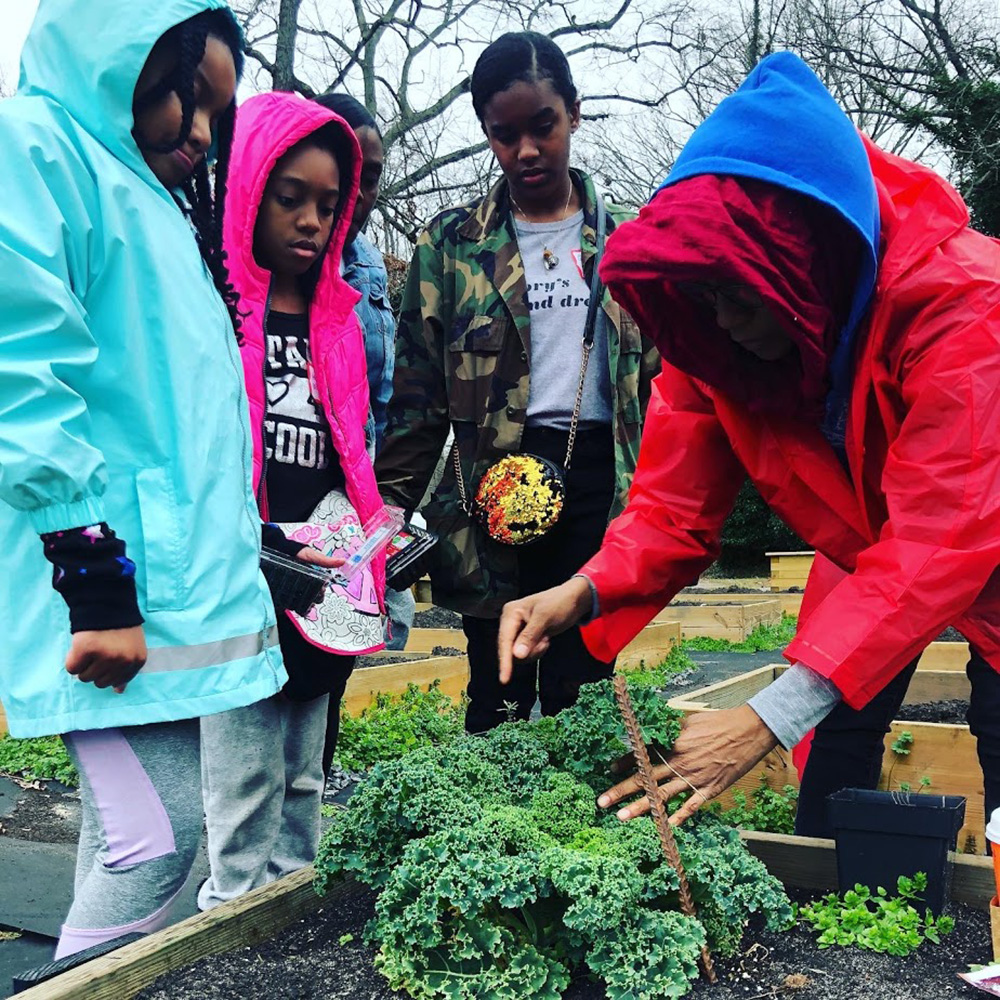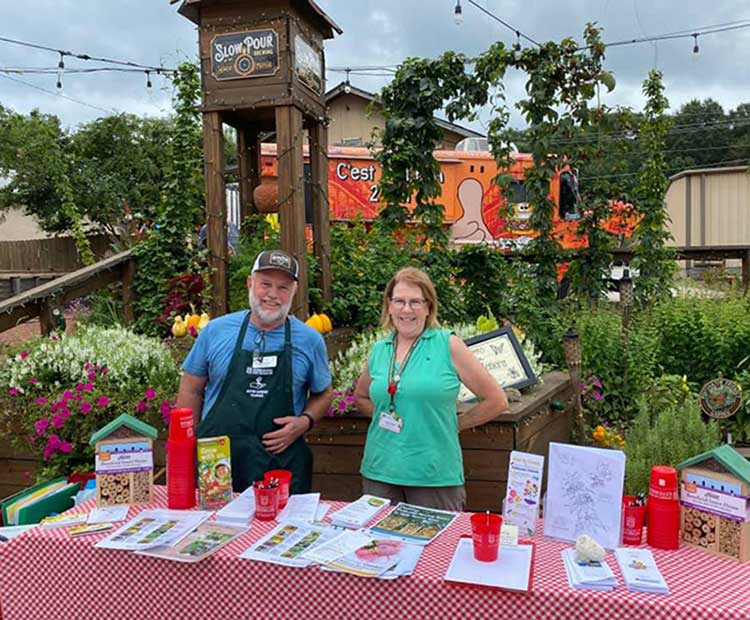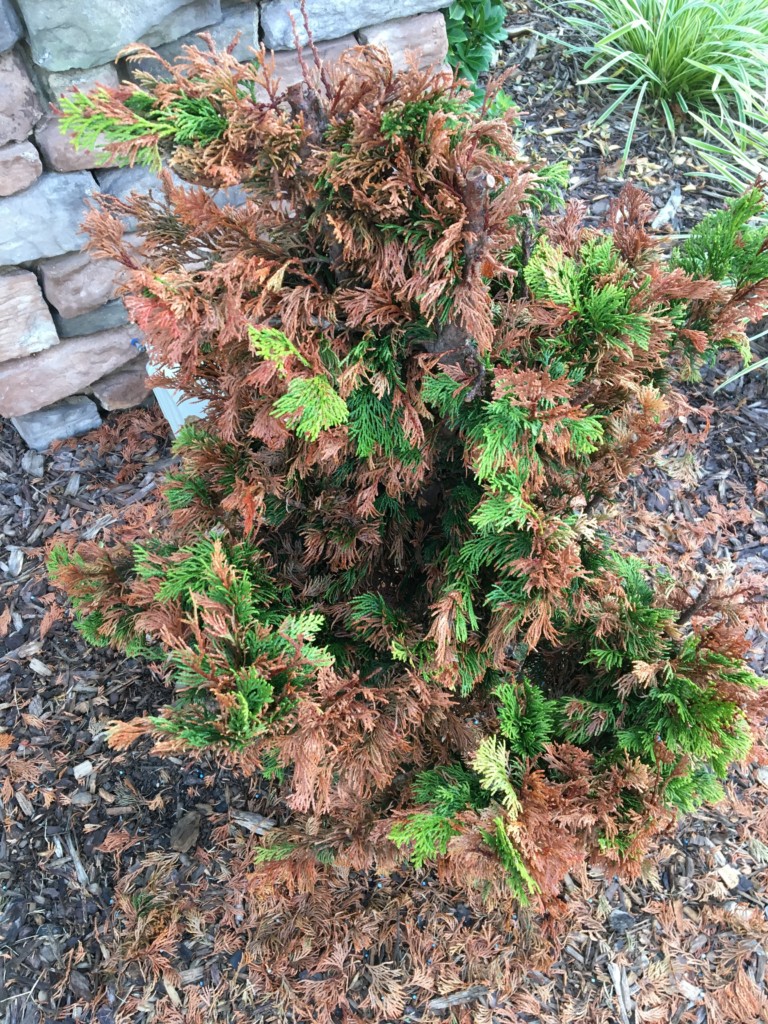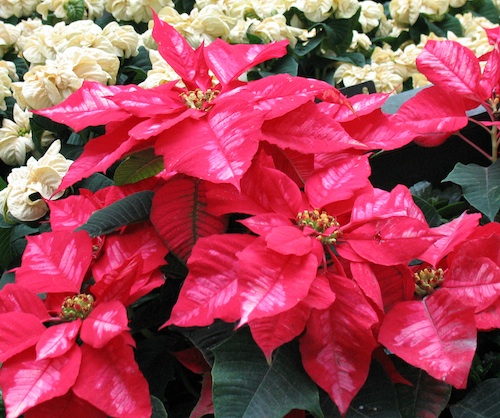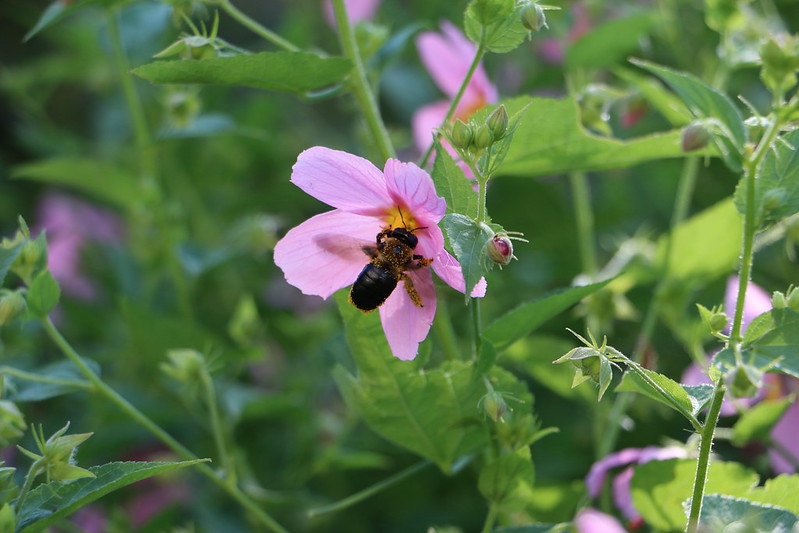 CAES News
CAES News
2022 Great Pollinator Census
The citizens of South Carolina will be joining the Great Georgia Pollinator Census for the August 2022 count, expanding the reach of the pioneering project in the Southeast. University of Georgia Cooperative Extension launched the Great Georgia Pollinator Census in 2019 as a citizen science research project inviting Georgians from across the state to document pollinator populations.

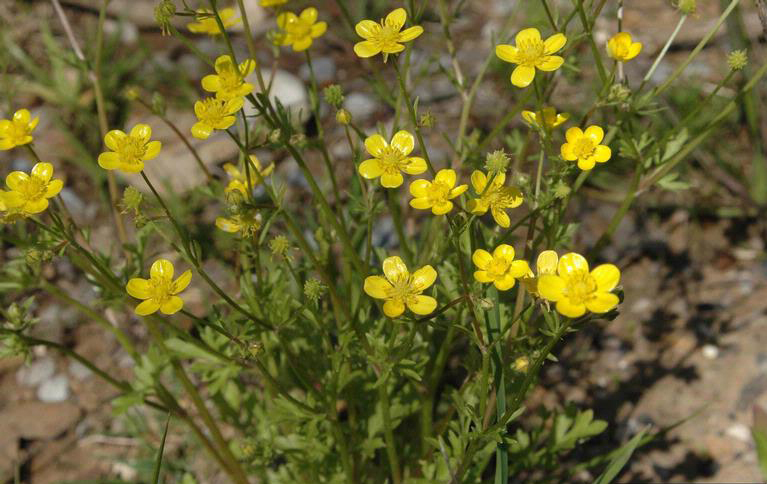
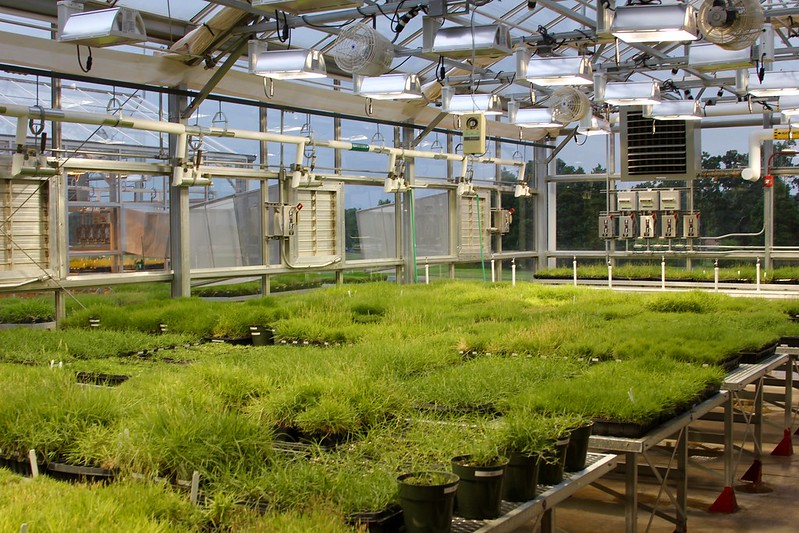

.jpg)
